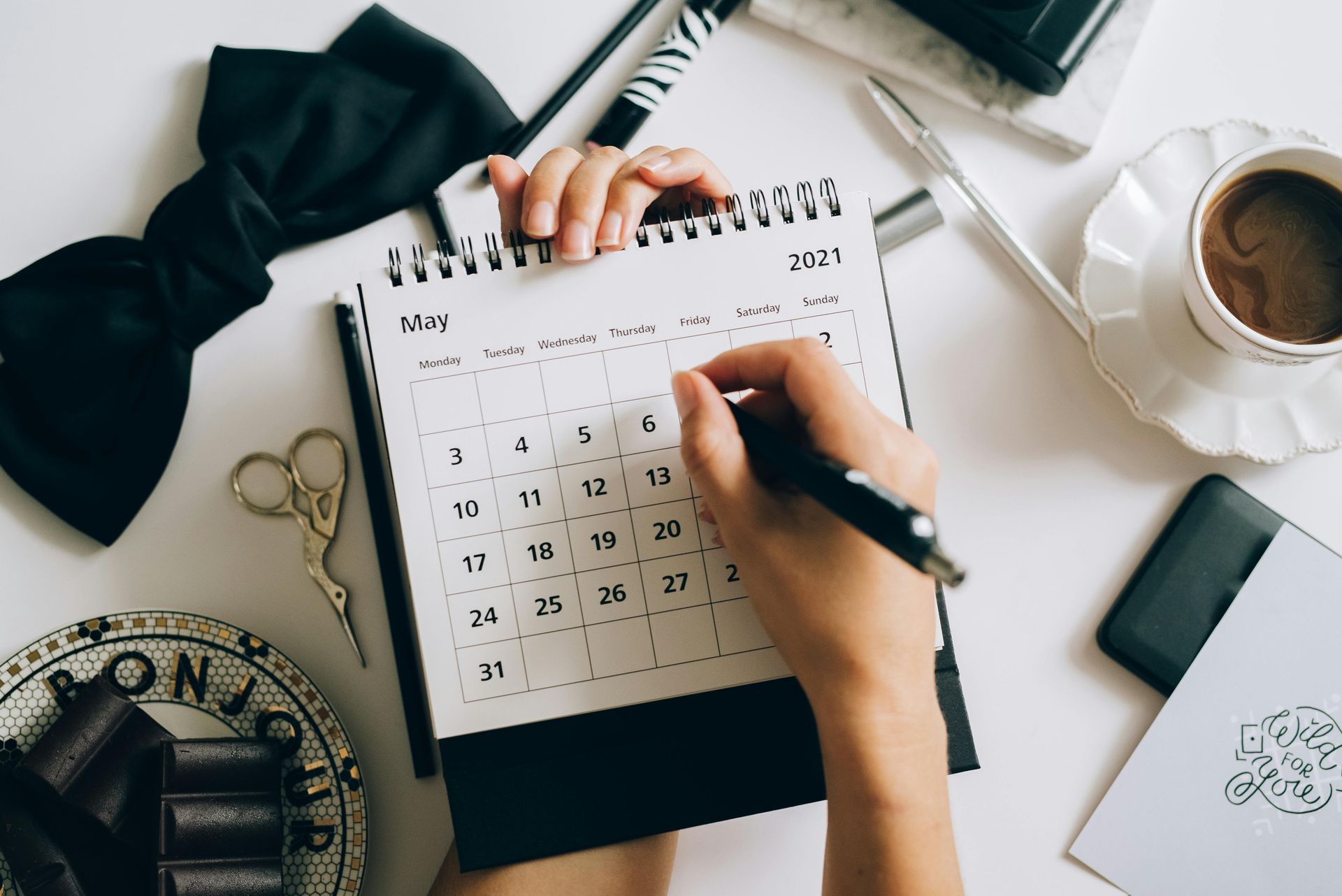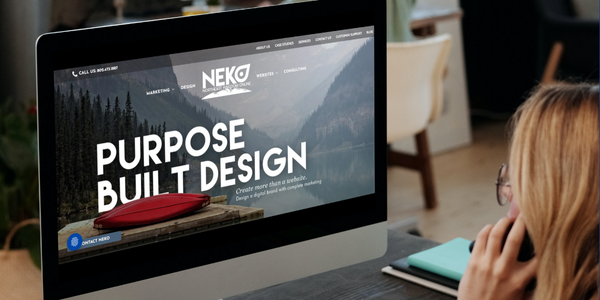Understanding Website Bounce Rates

Website Bounce Rate? Why does it matter and what does it mean?
When it comes to measuring the effectiveness of your website, one metric that is often used is the bounce rate. A bounce occurs when a user visits your website and leaves without taking any action, such as clicking on a link or making a purchase.
Bounce rate is a critical metric that measures the percentage of visitors who leave your website after viewing only one page. This metric is important because it tells you how engaging and relevant your website is to your target audience. A high bounce rate indicates that visitors may not be finding what they are looking for on your site and are leaving quickly. On the other hand, a low bounce rate may indicate that your site is meeting the needs of your visitors.
Another factor that can contribute to a high bounce rate is slow page load times. Visitors are more likely to leave your site if it takes too long for pages to load. To improve page load times, you can optimize your images and other media.
To understand bounce rates, you need to first understand how they are calculated. Bounce rate is calculated by dividing the number of single-page visits by the total number of visits to your website. For example, if your website had 100 visits, and 40 of them were single-page visits, your bounce rate would be 40%.
It's important to note that not all single-page visits are bad. Some visitors may have found exactly what they were looking for on that one page and left satisfied. For example, if you have a blog post that answers a specific question, a visitor may come to your site, read the post, and leave, resulting in a single-page visit that is not necessarily negative.
Here are a few common reasons why visitors may leave your site after viewing only one page:
Slow loading time: If your website takes too long to load, visitors are likely to leave before even seeing your content.
Irrelevant content: If your website doesn't provide the information or products that visitors are looking for, they are likely to leave and search elsewhere.
Lack of engagement: If your website doesn't engage visitors with compelling visuals or calls to action, they may leave without exploring further.
Unlcear Navigation: If your website is difficult to navigate, visitors may leave out of frustration.
To improve your bounce rate, you need to identify the specific problem areas on your website and address them. This may involve improving your website's loading time, redesigning your site for better usability, or creating more engaging content. By reducing your bounce rate, you can increase the number of visitors who stay on your site and potentially convert into customers or loyal followers.
In conclusion, understanding and improving your website's bounce rate is crucial for the success of your online business. By focusing on creating engaging content, improving site navigation, and optimizing page load times, you can reduce your bounce rate and increase the number of visitors who take action on your site.










